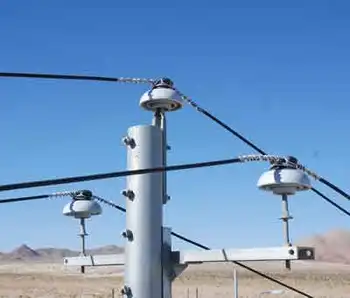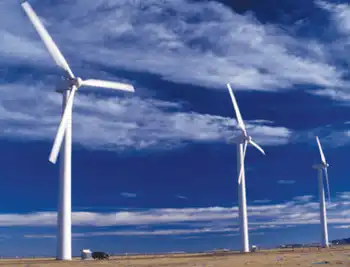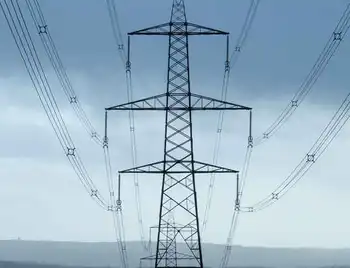Manitoba Hydro To Study Wind Farms
WINNIPEG -- - Manitoba Hydro has finalized a 320-thousand-dollar contract with a Quebec company to research possible sites for wind farms in the province.
Hydro president Bob Brennan says the contract, with Helimax Energie, is for a year-long study that will see 60-metre-high towers equipped with wind testing equipment erected on the sites.
He says if the study determines there is enough wind at one or more of the seven locations, the initial plan will be to build one or two wind farms.
In addition to wind speed, the locations are scouted for proximity to existing hydro grids to reduce the cost of building new power lines.
To be effective, wind turbines can only be erected in a region with average wind speeds over 22 kilometres an hour.
Related News

In a record year for clean energy purchases, Southeast cities stand out
HOUSTON - Municipal Renewable Energy Procurement surged as cities contracted 3.7 GW of solar and wind, leveraging green tariffs, community solar, and utility partnerships across the Southeast, led by Houston, RMI, and WRI data.
Key Points
The process by which cities contract solar and wind via utilities or green tariffs to meet climate goals.
✅ 3.7 GW procured in 2020, nearly 25% year-over-year growth
✅ Houston runs city ops on 500 MW solar, a record purchase
✅ Southeast cities use green tariffs and community solar
Cities around the country bought more renewable energy last year than ever before,…




